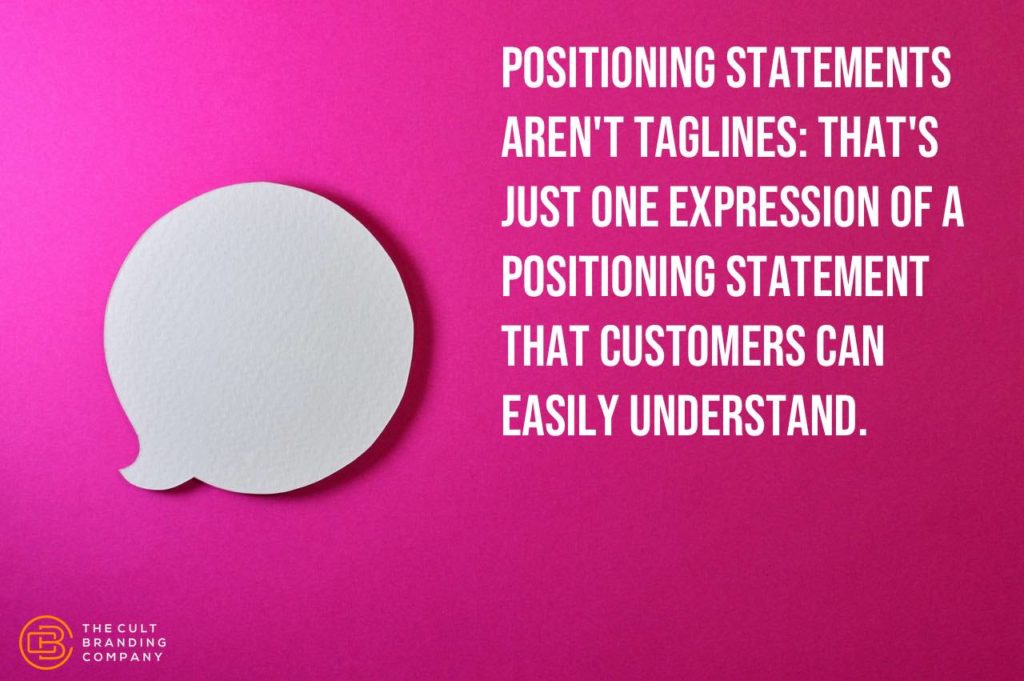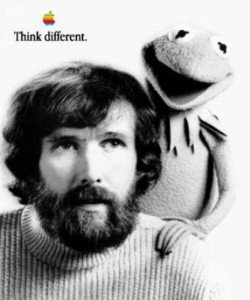
A positioning strategy is a way of positioning your retail products and services in the mind of your customers.
As marketers, we aspire to build stronger positions—to create a place in the mind of our prospects and customers where our products are positively recalled. We hope to trump our competitors by finding the right words and the perfect tagline to complement our strengths while highlighting our competitors’ weaknesses. A classic example from Avis: “When you’re only No. 2, you try harder.”
The Death of Positioning
The idea of positioning a brand has ruled marketing for over 30 years. We put our hopes into positioning because it offers a formula for building a bridge from our corporate meetings to the sale of our product. What we generally end up with, however, is a string of words that is irrelevant to customers.
Here’s why: What a person perceives is that person’s reality and perception is unique for each individual. We each hold different perceptual filters based on factors like our beliefs, values, behaviors, experiences, and senses. Two potential customers can see the same billboard ad of a woman holding a beer bottle and have completely different responses. One person becomes stimulated; another becomes enraged.
The unfortunate reality is that no marketer has the power to position anything in the customer’s mind, which is the core promise of all positioning strategies. The notion that positions are created by marketers has to die. Each customer has their own idea of what you are.
Positioning is not something you do, but rather, is the result of your customer’s perception. Positioning is not something we can create—the act of positioning belongs to the customers.
A New Approach to Positioning Strategies
Behind your positioning statement is your intention—how you desire your business to be represented to customers. Once the real role of positioning is understood, having a positioning statement can be useful by clarifying your brand’s essence within your organization.
By examining the essence of what you are and comparing it with what your customers want, the doors open to building a business with a strong positioning in the mind of the customer. Why? Great brands merge their passion with their positioning into a tagline that captures the essence of both.
Famous Taglines From Major Retail Brands
A few famous examples:
- Walmart: “Always low prices. Always.” This was not just a tagline; it was Walmart’s battle cry for all their buyers, merchants, and everyone who touches the customer.
- Apple: “Think different.” Apple communicated to the world that you can think different with every single one of their products.
- Nike: “Just do it.”
Strong positions can last many years. Nike has waved the just do it banner for over 30 years. They continue to find new and amazing ways to say it repetitively without boring their audience. Their position gives them permission to express something that is powerful. “Just do it” belongs to the customer—people love that. To be able to “just do it” makes you want to jump hurdles or sprint a marathon.
But, positions can also change. Walmart retired “Always low prices, always” after 13 years in 2007 and replaced it with “Save money. Live better.” The new positioning reflected the changing desires of their customer base: they were starting to think not just in terms of deals but what else that deal enabled them to do in their lives.
How to Effectively Use a Positioning Strategy
Positioning statements aren’t just about taglines: that’s just one expression of it that’s easily able to be understood by your customers.
Positions should penetrate everything your company does.
To fully integrate your positioning statement within the customers’ minds, you must start from within your business. Every member of your organization that touches the customer has to be the perfect expression of your position. And since everyone touches the customer in some way, everyone should be the best expression of your position.
Now comes the hard part: Put up everything that represents your brand on a wall. List all your brand’s touchpoints—every point of interaction with your customer. With a critical, yet intuitive eye, ask:
- How can I more fluidly communicate my brand’s desired position?
- Does every touchpoint look, say, and feel like the brand I want my customers to perceive?
Most marketers don’t have the clarity and conviction of following through on their words. Without certainty, they default to the status quo.
Turn everything you do into an expression of your desired positioning and you can create something special. This takes courage: to actively position your brand means you have to stand for something. Only then are you truly on your way to owning your very own position in the minds of your customers.



